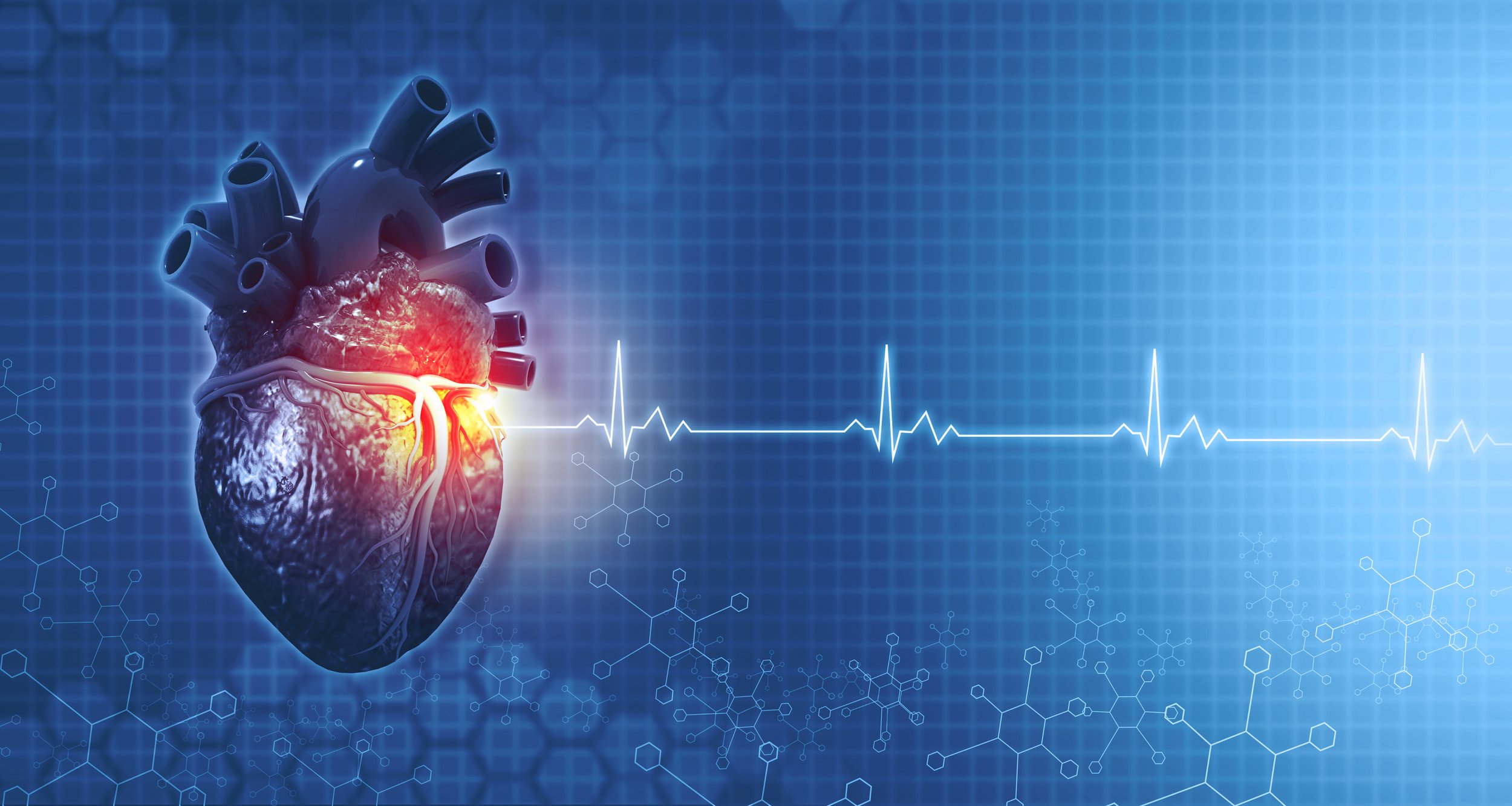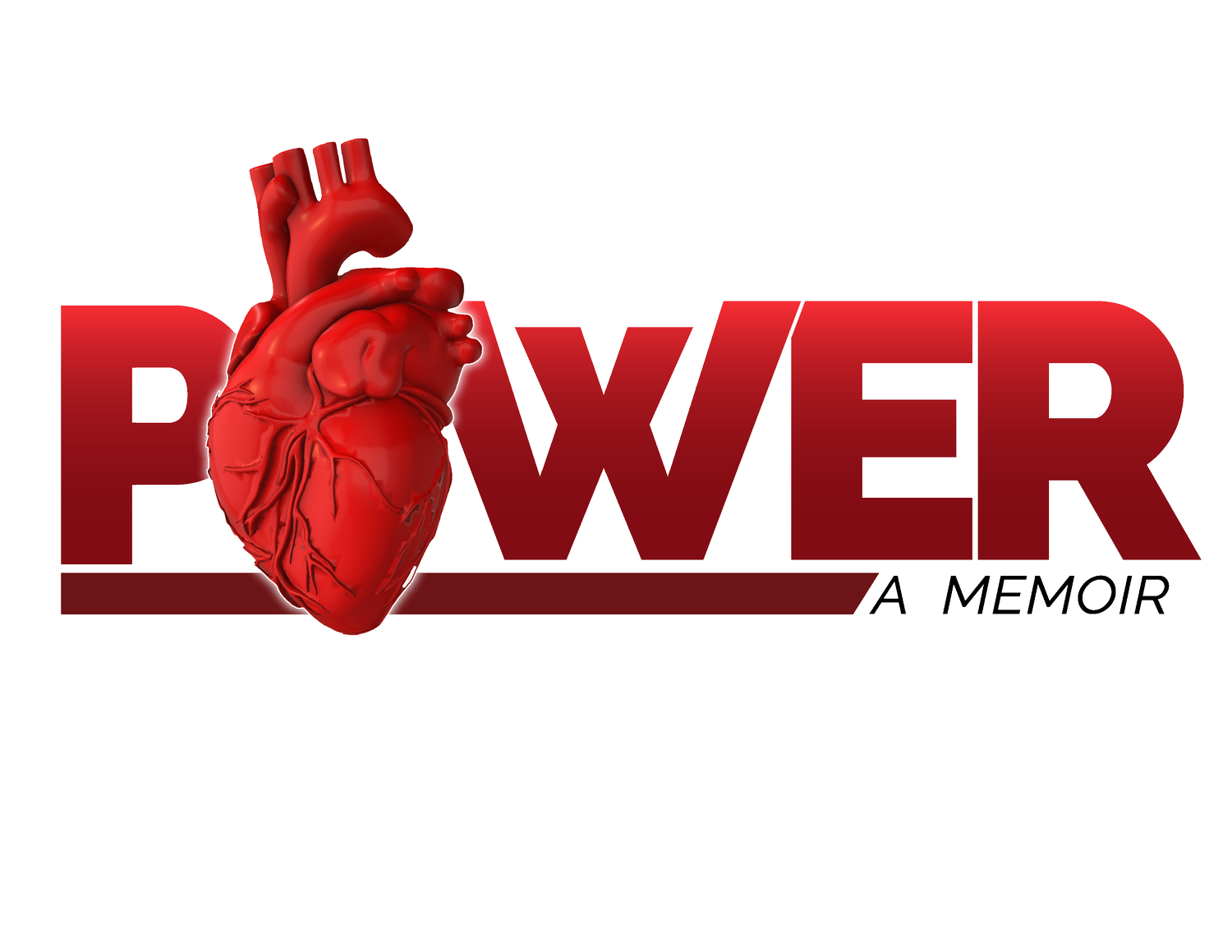
Roger White, MD
Noninvasive Cardiology
What does a noninvasive cardiologist do in cardiac surgery? This is a question I found myself contemplating often, as my career shifted in unexpected ways.
In 1977, fresh out of my cardiology fellowship at Northwestern University Hospitals in Chicago, I joined the faculty with enthusiasm and anticipation. The chief of cardiology, however, had different news. My position in cardiology dissolved due to a lack of funds, but there was a silver lining: the cardiac surgery department had a budget surplus. This twist of fate brought me into the world of surgery, a terrain I had no training in and was entirely foreign to my expertise.
On my first day in surgery, the chief surgeon, without looking up, ordered me to scrub in. A chill ran through me as I explained I had no surgical skills. “Doesn’t matter,” he replied. I stood in the OR, feeling like an outsider among these masterful surgeons, watching the meticulous process of a coronary bypass grafting surgery. It felt as if I were in a grand symphony, each person playing a precise role, the chief surgeon a skilled conductor orchestrating it all. My presence seemed redundant, a human observer with no clear function.
Then came the moment of initiation. The chief surgeon looked at me and asked for assistance. A nurse handed me what I later discovered was called the “Mickey Mouse glove,” a surgical joke reserved for initiates. I was asked to lift the still, non-beating heart, now supported by the heart-lung machine, and hold it steady as the surgeon performed a critical bypass on the posterior artery. As a “human retractor,” I stood there for twenty minutes, tense but determined. The operation succeeded, and I was officially welcomed into the surgical team. It was an honor that I cherish to this day, even as I look back on it from the vantage point of a long career.
The heart surgery landscape of the 1970s was rapidly evolving. Coronary bypass surgery was gaining acceptance, and figures like Dr. Rene Favaloro, a pioneer in the field, became personal mentors and friends. By 1977, CABG was no longer experimental but a routine procedure. I found myself in a whirlwind of innovation—artificial heart valves, heart-lung machines, and pacemakers. My lack of a traditional role meant I had to carve out my own path, focusing on the three critical phases of surgery: preoperative, intraoperative, and postoperative care.
Preserving the heart muscle during surgery emerged as the key to successful outcomes. The science of cardioplegia, temporarily arresting the heart’s function through cooling and chemical intervention, became a personal focus. I collaborated with research teams to refine these techniques, using ultrasound and nuclear imaging to measure outcomes. This effort led to safer and more controlled surgeries, allowing surgeons to perform without the pressure of racing against time.
My work expanded beyond Northwestern when I moved to Honolulu in late 1979, joining Straub Clinic and Hospital. Bringing my noninvasive skills to the forefront, I integrated nuclear diagnostic radiology and ultrasound into the surgical processes, earning the trust of invasive cardiologists and surgeons alike. Hawaii became a hub for medical conferences, and we hosted discussions on cutting-edge topics like thrombolytic therapy and acute interventional angioplasty.
Cardiology and cardiac surgery in the 1980s transformed dramatically, shifting from research-based procedures to profitable enterprises. As insurance and Medicare began reimbursing for cardiac procedures, hospitals saw cardiac services as financial opportunities. However, the dynamics within the field also changed. There emerged an unofficial hierarchy: cardiac surgeons at the top, invasive cardiologists below, and noninvasive cardiologists and those focused on preventive care at the bottom. The pecking order revolved around procedures, prestige, and profit.
The advent of Percutaneous Transluminal Coronary Angioplasty (PTCA), pioneered by Dr. Andreas Gruentzig, disrupted this hierarchy. A procedure that could open blocked arteries with a balloon catheter, PTCA was less invasive than bypass surgery and had quicker recovery times. It quickly gained popularity, and invasive cardiologists became the new “rock stars” of cardiology, relegating surgeons to the role of standby players in case of emergency complications.
Surgeons, once the revered heroes in “Valhalla,” found themselves displaced. The demand for traditional CABG surgeries declined, and the surgeries that remained were more complex, with higher risks and less favorable outcomes. This tension marked a profound shift in cardiac care, but also a reminder that innovation and change are constants in medicine.
Later in my career, I explored the realm of noninvasive coronary angiography using CT imaging, collaborating with researchers like Dr. Matthew Budoff at UCLA. While the technique showed promise, it faced resistance from cardiologists accustomed to traditional angiograms, leading to a battle over turf and reimbursement. This competition, driven by prestige and financial considerations, detracted from the true purpose of medicine—to serve the health and well-being of patients.
Reflecting on these changes, I see the early days of my career as a golden age of cardiology. It was a time of collaboration and genuine teamwork, where the focus lay on patient outcomes rather than billing codes. Now, as preventive care and patient education occupy my time, I view these shifts with a mix of nostalgia and hope. I believe that true progress in medicine will always come from working together selflessly, placing the patient above all else.
Every caregiver, whether a doctor or a family member, should embrace each day with an appreciation for health. It’s a journey that begins within and extends to those around us. As I continue this path, I’m grateful for the friendships and experiences I’ve had, especially the bond I formed with Frank Tamru, who inspired me to share these stories. In the end, the measure of a career is not in titles or income, but in the knowledge and compassion we pass on to others.
